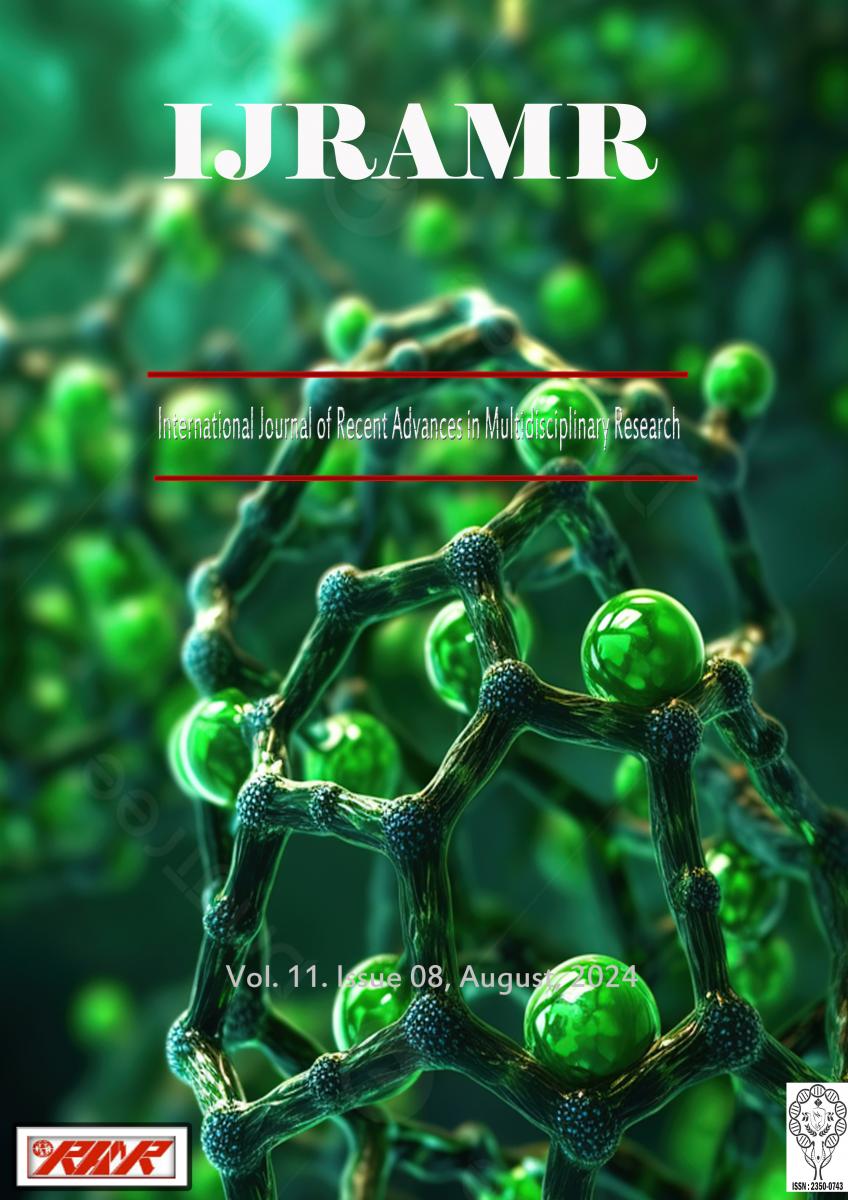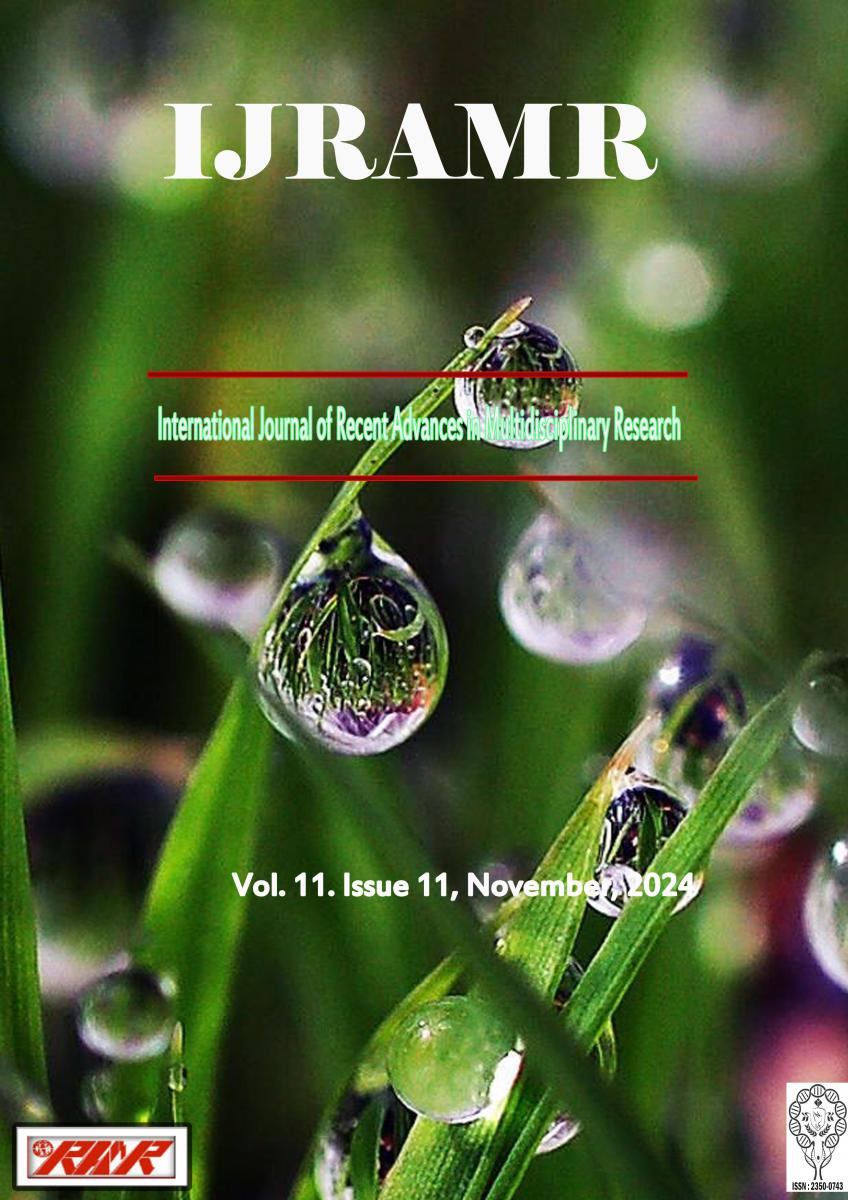Innovative instructional models are essential in the promotion of quality Science education. Continuous efforts are made to improve the teaching learning process that is geared towards 21st century education. In the 21st century classroom, teachers are facilitators of student learning and creators of productive classroom environments in which students can develop their knowledge, skills and attitude they will need in their field. In the Philippines, Commission on Higher Education advocates for an outcomes-based education and promotes for a shift from teaching-centered approach to student-centered approach. Inquiry-Based Learning and Reflective Learning along with Technology Integration support student-centered approach. Because the focus is now on the students, there is also a need to observe and measure the knowledge, skills, and attitudes (KSA) that have been achieved. This study aimed to develop an Instructional model for Filipino learners that incorporated inquiry-based learning, reflective learning, technology integration as well as students’ engagement and teacher’s attitude in order to achieve students’ learning in KSA. The developmental method of research was utilized in the study. A total of four stages were carried out that led to the development, validation and evaluation of a TRI-P6 Instructional Model. The results of the methods of the study contributed to the improvement in the working model. The inputs to the instructional model yielded a refined model that now includes the following constructs: 1) TRI-P6 (Technology Integration, Reflective Learning, Inquiry-Based Learning and P6 Steps), 2) Instructional Activities, 3) Students’ Engagement 4) Teacher (Attitude and Teaching Methods), and 5) Students’ Learning in KSA. The use of TRIP6 instructional model helps towards students’ learning. Educators are therefore encouraged to consider instruction guided by the TRIP6 instructional model.






